Only two dinosaur bones have been discovered in Ireland. What is it about the island's geology that makes dinosaurs such a rare find in this part of the world?
Dinosaurs were massively successful land animals that existed for more than 170 million years and lived across all continents. So you might expect to find fossil evidence of them everywhere you look.
But palaeontologists are at the mercy of time, chance and geology when they go searching for suitable rocks to find dinosaur fossils in.
In the above video, Dr Mike Simms, Senior Curator of Natural History at National Museums Northern Ireland, explains why so few dinosaur fossils have been unearthed in Ireland. Read on to explore the reasons in more detail.
Summary of Irish geological history
- Most of the rocks that make up Ireland are from earlier than the time of the dinosaurs, so they hold no dinosaur fossils to be discovered.
- Only in northeast Ireland are there significant deposits of rocks of the right age to find dinosaur fossils in. But even within this time interval there is a gap of 100 million years in which is no rock at all has been preserved and so no dinosaur fossils either.
- Ireland was underwater for significant portions of time during the age of the dinosaurs, so there is less chance of land animals such as dinosaurs being preserved in the rocks that are of a suitable age.
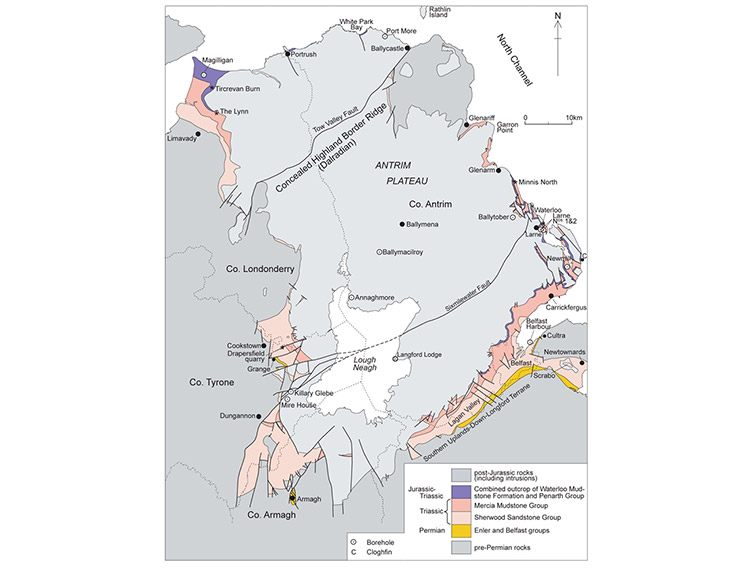
Most rocks from the time of the dinosaurs can be found in northeast Ireland, where they have been preserved under later basalt rocks. The map shows Triassic and Jurassic rocks in pink and purple, where they are exposed around the edge of the basalt, shown in light grey. Image © Geological Survey of Northern Ireland (Cat Ref: P947841)
Ireland during the time of the dinosaurs
Dinosaurs existed for a vast amount of time, from 245 to 66 million years ago (see When did dinosaurs live?). During this time, called the Mesozoic Era, the area of the Earth's crust that we now call Ireland underwent many changes.
It started out as part of a supercontinent called Pangea, at a latitude similar to modern-day Egypt, but as it drifted slowly north it broke up. Over this time the environment across this precursor of Ireland would have changed from desert conditions to periods of partial and total immersion under water.
Where are all the rocks?
Precious little of this history is recorded in the rocks that make up most of Ireland, since most of them are more than 250 million years old. Only about 1% of Ireland's rocks date from the time of the dinosaurs.
Rocks from the correct period may once have existed but since been eroded away, or perhaps the conditions across most of Ireland weren't right for them to form in the first place.
What little Mesozoic rock we do have is found in the northeast of Ireland, but much of it is buried beneath younger rocks. After the end of the age of the dinosaurs, intense volcanic activity caused lava to flow over the surface, forming hard basalt layers that preserved the rock underneath from erosion.
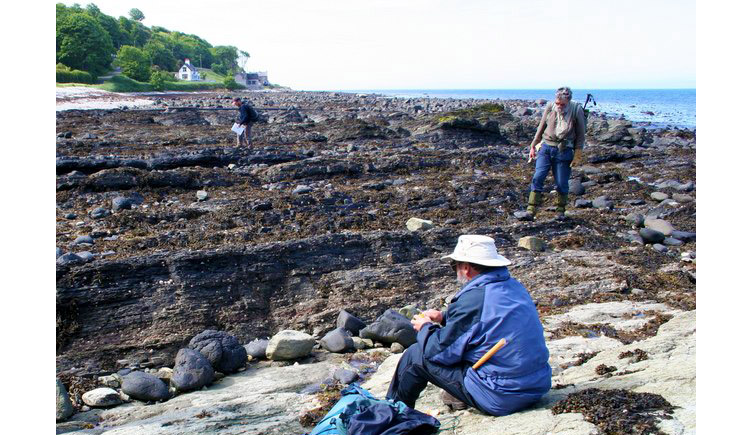
You can find Triassic and Jurassic rocks at Waterloo Bay, near Larne. Waterloo by Anne Burgess licensed under CC BY-SA 2.0
Burials at sea
Most of Ireland's Mesozoic rocks were deposited beneath the sea - these include chalks, limestones and mudstones.
Dinosaurs are land animals, so to have been preserved in these types of rocks they would have had to be washed into the sea. While large marine reptile fossils such as ichthyosaurs and plesiosaurs have been found here, dinosaur fossils are much rarer.
Dinosaur discoveries
Only two dinosaur fossil bones have been found in Ireland, both from the same location on the Country Antrim coast. The bones are from the hind legs of two animals that lived around 200 million years ago: a herbivore called Scelidosaurus and a carnivorous Megalosaurus.
The fossils were displayed with Dippy the Diplodocus cast at Ulster Museum, Belfast, as part of its UK tour.
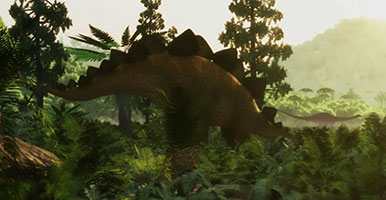
Discover dinosaurs
Find out what Museum scientists are revealing about how dinosaurs looked, lived and behaved.
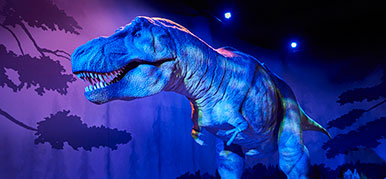
Dinosaurs gallery
Visit the Dinosaurs gallery and see the ancient animals that once roamed Earth.
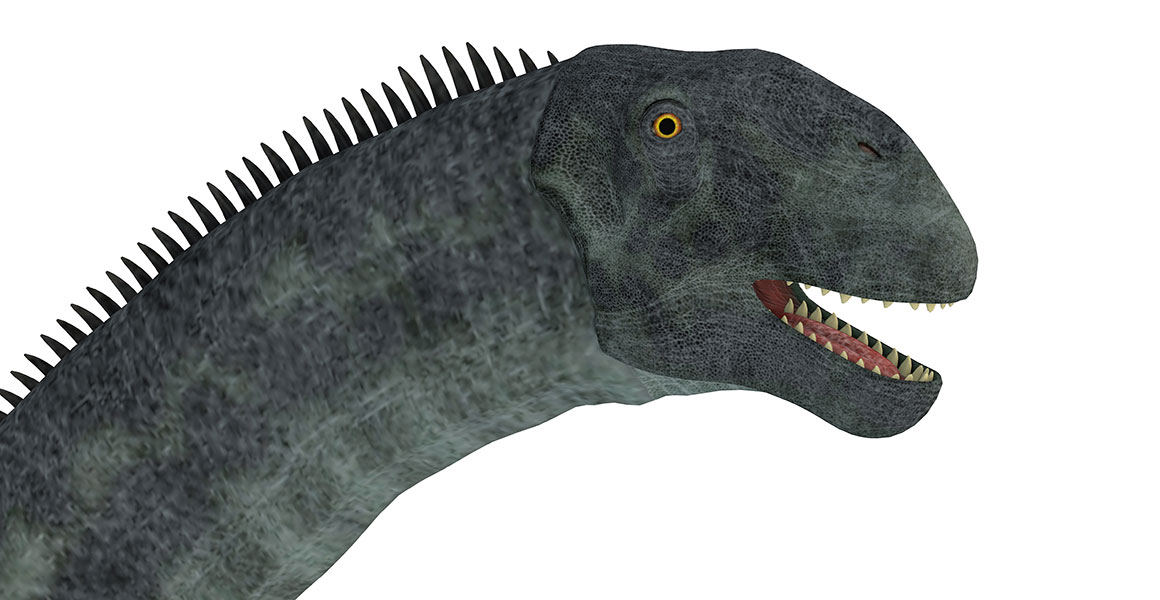
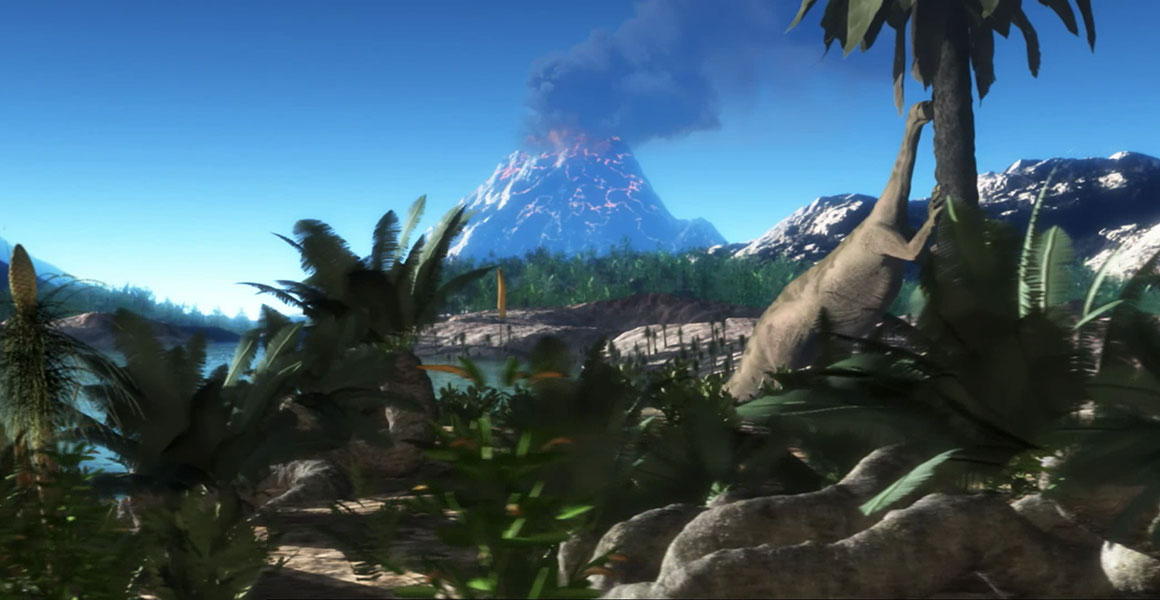
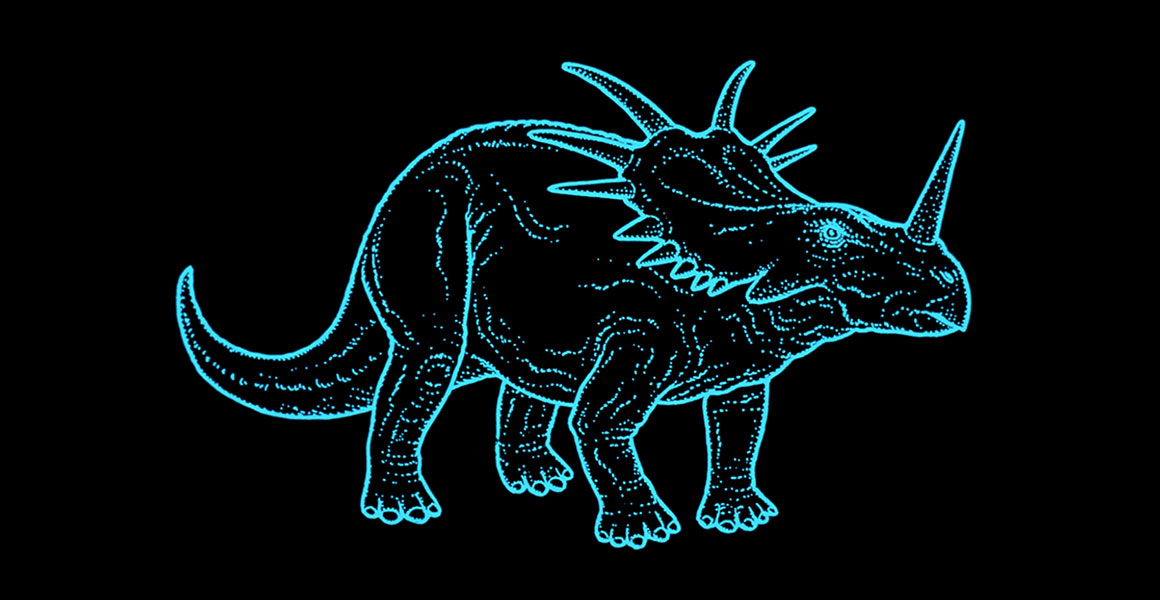

Don't miss a thing
Receive email updates about our news, science, exhibitions, events, products, services and fundraising activities. We may occasionally include third-party content from our corporate partners and other museums. We will not share your personal details with these third parties. You must be over the age of 13. Privacy notice.
Follow us on social media